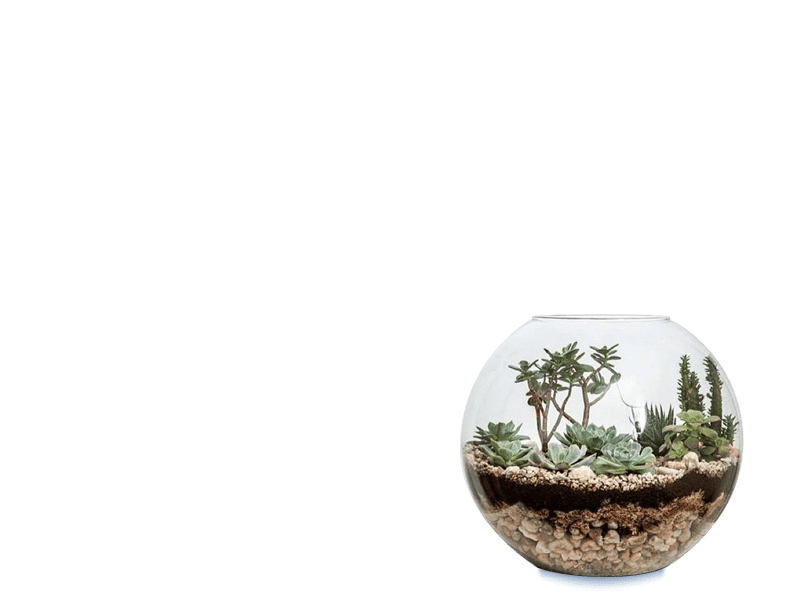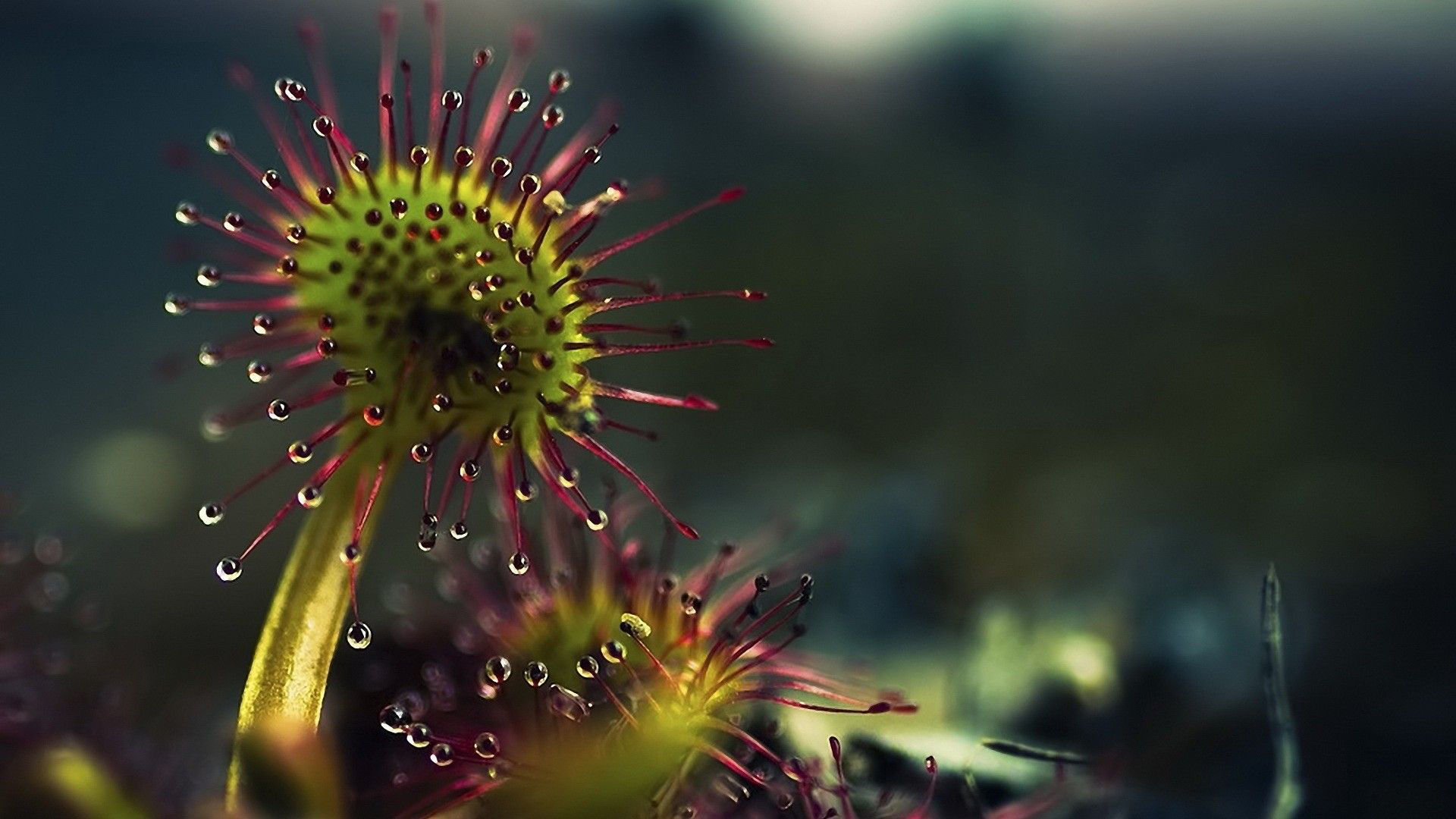No products in the cart.
Plants Physiology
Plant physiology is a subdiscipline of botany concerned with the functioning, or physiology, of plants. Closely related fields include plant morphology (structure of plants), plant ecology (interactions with the environment), phytochemistry (biochemistry of plants), cell biology, genetics, biophysics and molecular biology.
Fundamental processes such as photosynthesis, respiration, plant nutrition, plant hormone functions, tropisms, nastic movements, photoperiodism, photomorphogenesis, circadian rhythms, environmental stress physiology, seed germination, dormancy and stomata function and transpiration, both parts of plant water relations, are studied by plant physiologists.
Photosynthesis
Plants are photosynthetic, which means that they manufacture their own food molecules using energy obtained from light. The primary mechanism plants have for capturing light energy is the pigment chlorophyll. All green plants contain two forms of chlorophyll, chlorophyll a and chlorophyll b. The latter of these pigments is not found in red or brown algae. The simple equation of photosynthesis is as follows:
![]()
Plants Immune System
By means of cells that behave like nerves, plants receive and distribute within their systems information about incident light intensity and quality. Incident light that stimulates a chemical reaction in one leaf, will cause a chain reaction of signals to the entire plant via a type of cell termed a bundle sheath cell. Researchers, from the Warsaw University of Life Sciences in Poland, found that plants have a specific memory for varying light conditions, which prepares their immune systems against seasonal pathogens. Plants use pattern-recognition receptors to recognize conserved microbial signatures. This recognition triggers an immune response. The first plant receptors of conserved microbial signatures were identified in rice (XA21, 1995) and in Arabidopsis thaliana (FLS2, 2000). Plants also carry immune receptors that recognize highly variable pathogen effectors. These include the NBS-LRR class of proteins.
Plants Internal Distribution
Vascular plants differ from other plants in that nutrients are transported between their different parts through specialized structures, called xylem and phloem. They also have roots for taking up water and minerals. The xylem moves water and minerals from the root to the rest of the plant, and the phloem provides the roots with sugars and other nutrient produced by the leaves.







